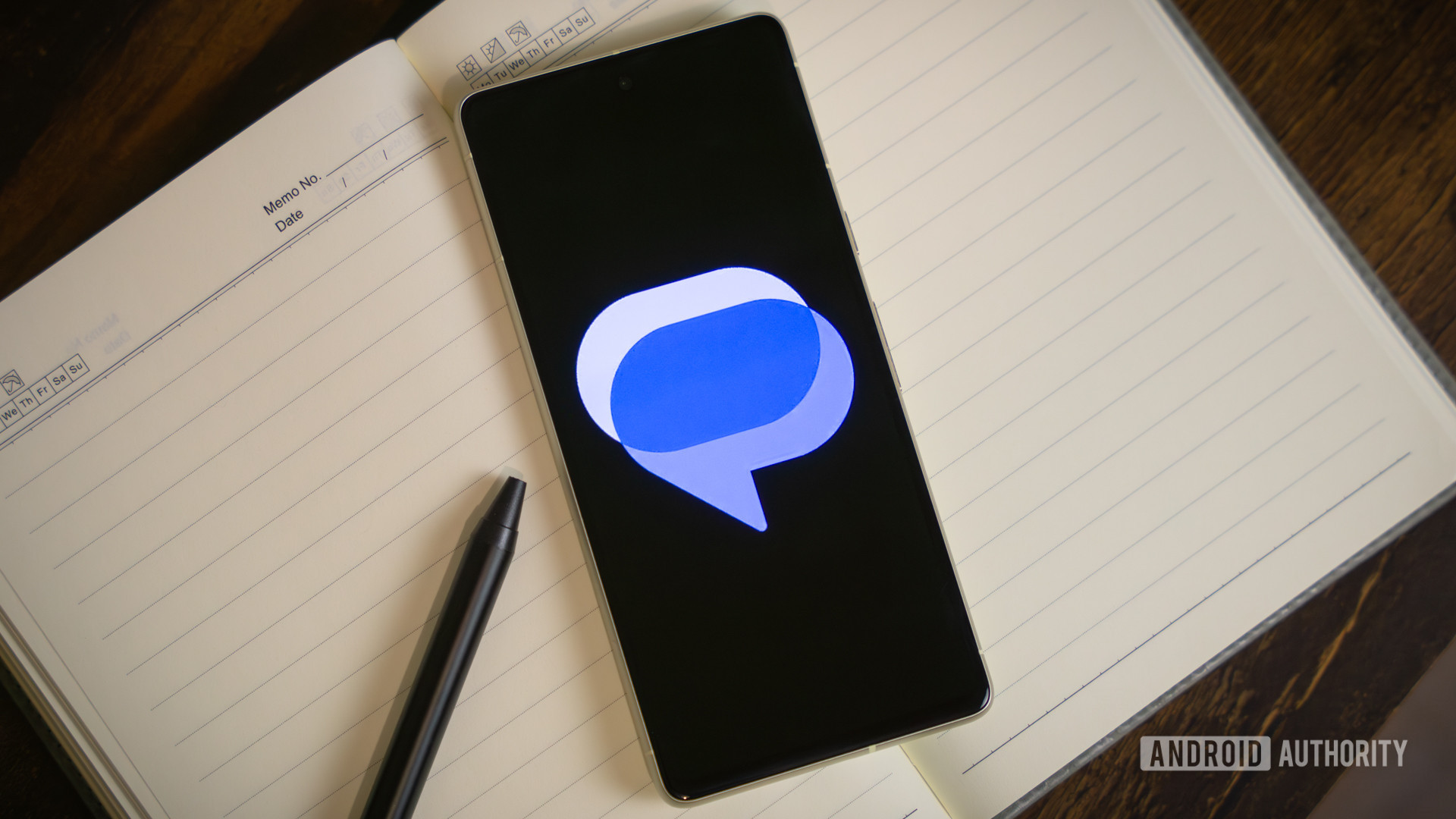I was sitting at my desk watching an OpenAI livestream just before Halloween, approaching the 58-minute mark of a pretty unspectacular 62-minute broadcast. I’ll confess I wasn’t super dialed in by this point. Let’s wrap it up, folks, I’m ready for lunch!
OpenAI Chief Scientist Jakub Pachocki had just finished talking about AI’s role in causing mass layoffs when CEO Sam Altman suddenly turned to him and asked: “What do you think meaning will look like? What do you think the jobs of the future will look like? How do you think when AI automates a lot of the current things, how do you think we’ll derive our fulfillment and spend our time?”
The question blindsided me. I’d not expected a billionaire CEO to ponder such a question. And it got my complete attention.
What do you think meaning will look like?
Pachocki paused for a long beat, then gave a thoughtful answer about the ability to understand so much more about the world and the incredible variety of knowledge that would become accessible as artificial intelligence becomes more advanced.
The livestream wrapped. My workday continued.
But I couldn’t let it go. The question still haunts me — sitting at stoplights in my car, on walks with my dog, mulling it over in the moments before falling asleep. I corner friends to ask what they think about purpose and meaning and fulfillment.
What will meaning look like in the age of AI?
Don’t miss any of our unbiased tech content and lab-based reviews. Add as a preferred Google source.
Meaning beyond AI automation
I’ve thought about this at length. So here’s my answer, Sam.
Meaning and purpose are rooted in the things we personally value and invest energy in. We’ll find it in the things that gen AI can’t automate, but we’ll also find it in still doing those things in spite of AI.
Automation doesn’t necessarily diminish the value of doing something by hand. We’ve been mechanizing crafts for centuries, yet people still knit blankets, roll dough by hand, spread oils on canvas, and handwrite letters because it’s the act of doing that’s so satisfying. The fulfillment isn’t found in the output. It’s found in our participation.
As generative AI seeps into every nook and cranny of our lives, I’m much more moved by process and craft than ever before. In a moment when so much online culture feels engineered for brain rot, I’ve found myself watching anime because the artistry is staggering, taking up pottery classes just to work with my hands, and reading interviews with film sound designers because I’m captivated by how they hear the world and translate it into cinema. These are all things machines could imitate, and perhaps even execute flawlessly, but what I find meaningful is the fact that I am part of the process. I’m involved in the time, the effort, the curiosity, the attempt.
Meaning isn’t exclusive to what AI can’t do. It’s in what we choose to do anyway. Not because the technology isn’t sophisticated enough, but because it isn’t human. There’s something about witnessing human skill, human attention, human care that feels more precious now than it ever has. This isn’t nostalgia. It’s simply recognition.
The value in the analog and shared experiences
When ChatGPT can spit out essays in seconds, Sora can conjure photorealistic videos, NotebookLM can surface connections across whole libraries, and generative chatbots like Claude, Gemini and Grok take on more and more cognitive and creative work, the tangible and imperfect feel newly evocative to me. I’m relearning how much I need analog experiences.
Last month, at the Toledo Museum of Art in Ohio, I was transfixed by a 30-plus-minute demonstration of glass blowing. The artist worked with molten glass at temperatures exceeding 2,000 degrees, shaping it with breath and tools and decades of embodied knowledge. I watched him compensate for imperfections with gravity and finesse, turning what could have been a flaw into intentional design elements. The crowd around me was utterly silent, mesmerized. We weren’t just watching an object being made. We were watching a human being negotiate with physics and chance and his own limitations in real time. No AI can replicate that specific negotiation, that particular waltz with materiality and risk. The point wasn’t that AI can’t blow glass, it was all of us being present and sharing this experience.
The scarcity of the analog will become even more precious, too, as the digital spreads toward infinity. While I was writing this commentary, I received a note in the mail from my best friend, Sydney. The sight of her handwriting — as familiar to me as my own, with its distinctive slant and the way she loops her Ys — made me tear up. That handwriting contains her. Her hand moved across that paper. She thought of me while forming those letters. An AI could perfectly forge her script, but it couldn’t forge the fact of her having been there, pen in hand, thinking of me.
AI chatbots can do much of your “thinking” and outperform your work tasks, so let us all embrace hands-on pursuits and skills where the body is central. I wouldn’t be surprised to see martial arts, boxing, yoga, climbing, hiking and dance become more popular as potent antidotes to AI-oversaturation. Remember that the brain is a physical reality, too. Even a sedentary writer fiddling with diction and syntax will find meaning as they try, choose, delete, shape. An AI model can draft prose or generate a video of someone dancing or boxing, but it can’t generate muscle memory, or the way a dancer interprets music in that specific, unrepeatable moment, or how a writer wrestles with a sentence until it says what they need it to.
The human parts
Here’s what I keep coming back to: Meaning is only going to come from what moves us. And artifice will never be what moves us. Not really, not in the ways that matter.
Purpose, identity, meaning, salvation and so much more that is important are tied up in the mess, the inefficiency, the frustration, the misunderstanding. These aren’t just hallmarks of humanity, since errors, oddities and failures show up in generative AI outputs, too. But for us humans, these mistakes have very real stakes. On the line are our effort, ego, hope… our very duration of life as we learn and grow and age and tire and need rest, and do so in such a finite amount of time. When we err, we try again, and that process is what changes us and provides value.
I’ve been thinking a lot about the Japanese concept of wabi-sabi, which finds beauty in imperfection and impermanence. It’s something I discovered while watching the film The Smashing Machine, when Emily Blunt’s character breaks a lovely blue bowl into many delicate pieces. Later in the film, she gifts the mended ceramic bowl, repaired with gold, and explains the art of kintsugi, a technique rooted in wabi-sabi that uses lacquer dusted with powdered gold, silver or platinum to mend broken pottery. The result is often asymmetrical and the flaws obvious — evidence of having been made by human hands, subject to human mistakes and limitations.
We’re moved by evidence of other consciousnesses like our own. By proof that someone else was here, paying attention, making choices, leaving traces. By the knowledge that something cost effort or risk or time — the very things AI makes frictionless. In a world where AI can generate “optimized” images, “optimized” prose, “optimized” art, the imperfect becomes that much more valuable. The mark of a human hand will become the signature of meaning itself.
Sam, in the age of AI, meaning will look like everything AI was designed to eliminate. The slowness. The inefficiency. The imperfection. The risk. The human parts. The embodied, thoroughly human experiences that we keep doing not because we have to, but because doing them changes us in so many wondrous ways.







